Central Europe is rich in history, with many sites tucked away in charming towns. Some of these historic locations remain lesser-known, yet they hold stories as captivating as their more famous counterparts. Exploring these hidden gems offers a unique glimpse into the region’s diverse past. These lesser-known sites provide a deeper connection to the cultural heritage of Central Europe.
Banska Stiavnica, Slovakia – Old Castle
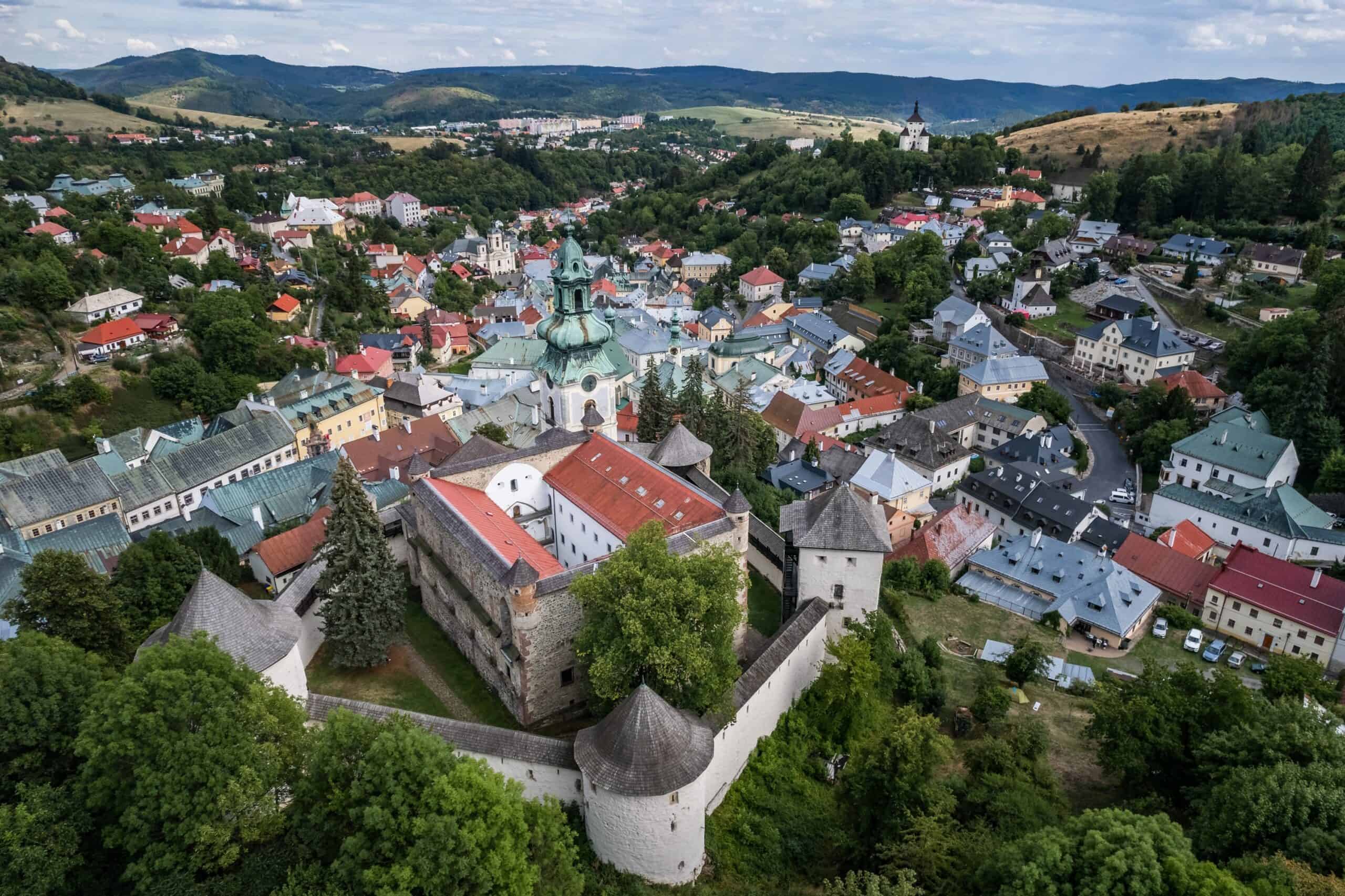
The Old Castle in Banska Stiavnica is a remarkable medieval fortress with a storied past. Originally built in the 13th century, it served as a monastery before being fortified against Turkish invasions. The castle’s architecture is a blend of Gothic and Renaissance styles, showcasing its historical evolution. Inside, visitors can explore exhibitions detailing the town’s rich mining history and medieval life. The castle’s location offers stunning views of the surrounding landscape, making it a must-visit for history enthusiasts.
Pécs, Hungary – Early Christian Necropolis
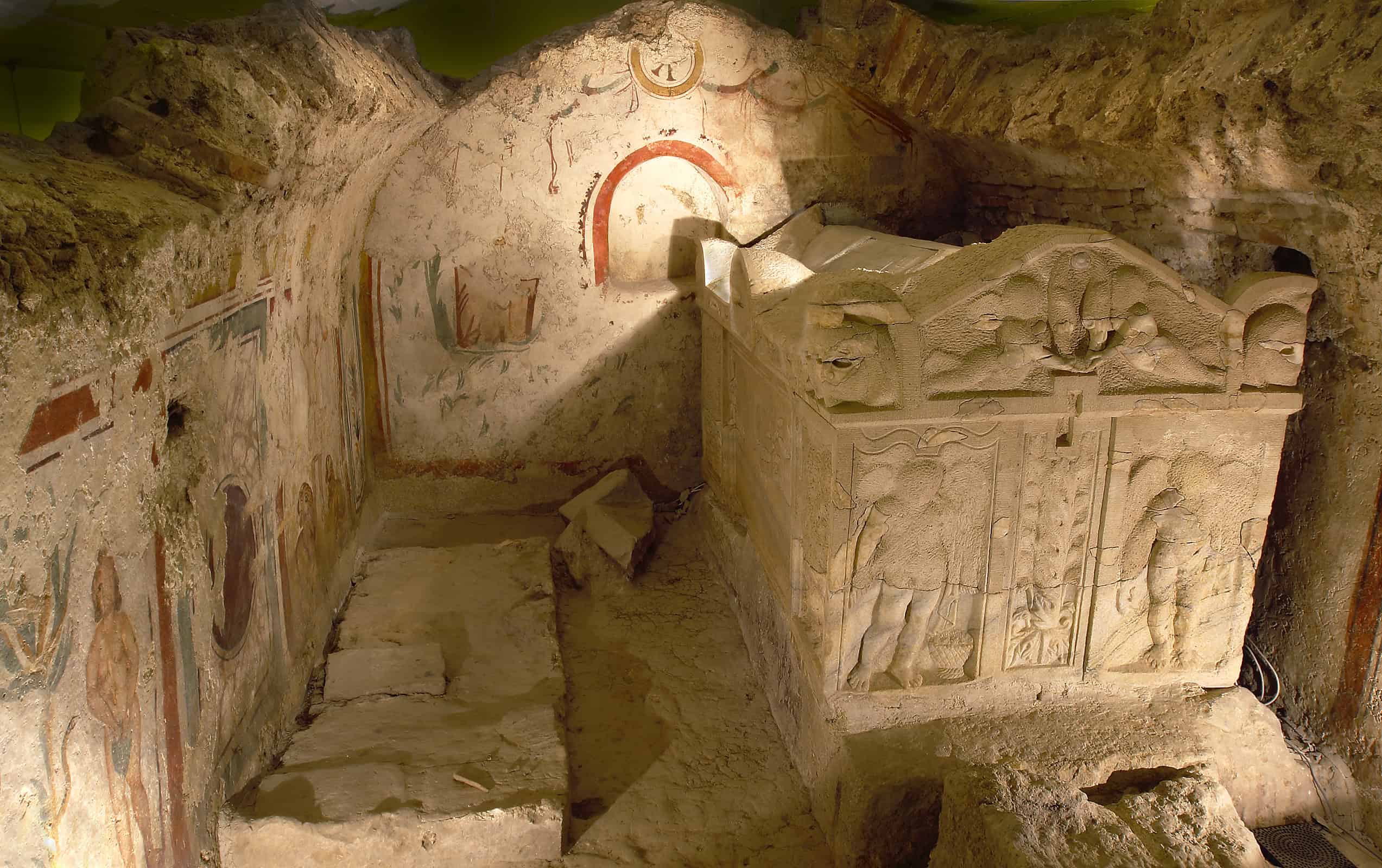
Pécs is home to a significant Early Christian Necropolis, a UNESCO World Heritage site. Dating back to the 4th century, this ancient burial ground features intricately decorated tombs and chapels. The underground chambers are adorned with colorful frescoes depicting biblical scenes. These paintings provide valuable insights into early Christian art and beliefs. The site also includes a museum showcasing artifacts from the era, offering a comprehensive look into Pécs’ early Christian community.
Olomouc, Czech Republic – Holy Trinity Column
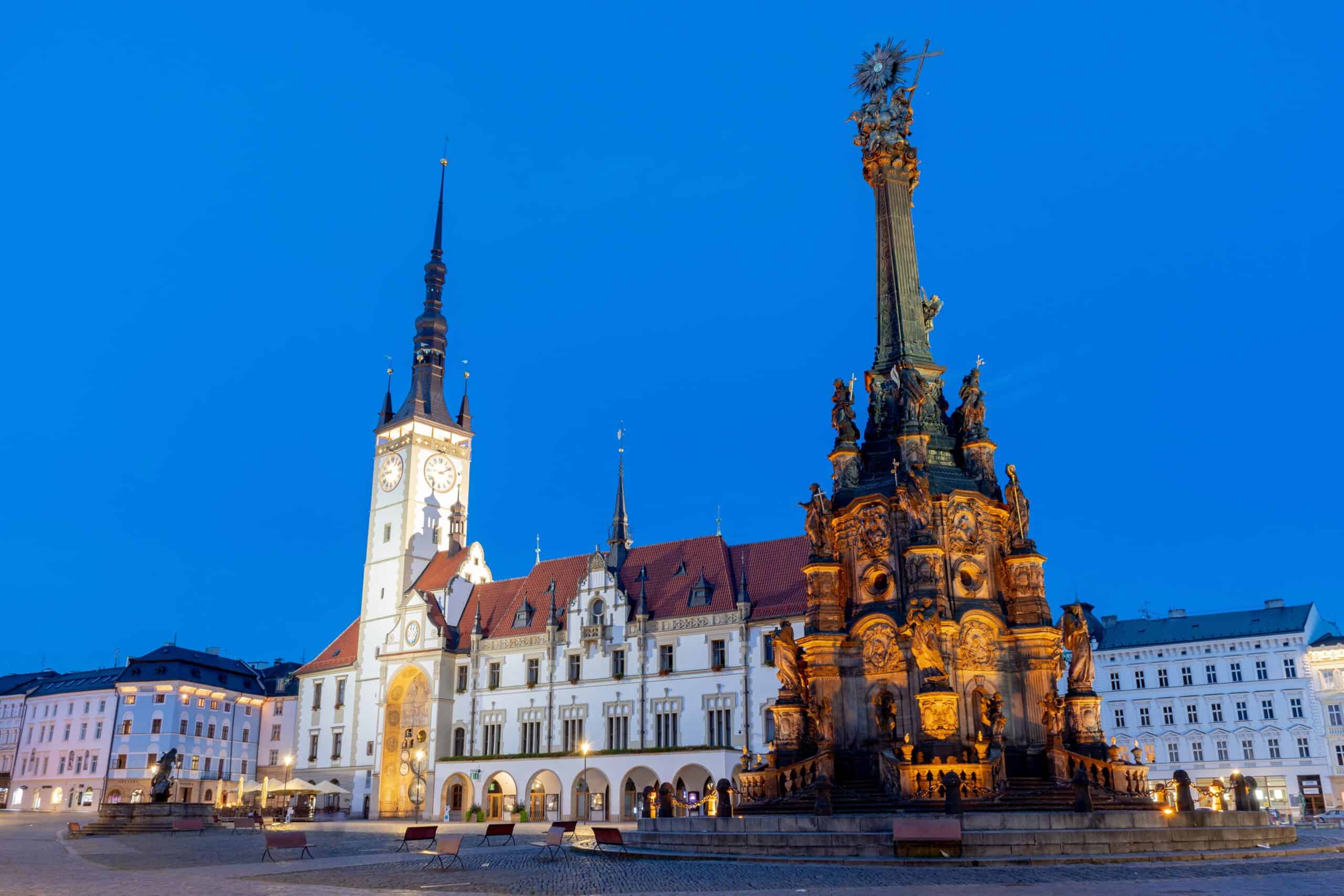
In the heart of Olomouc stands the Holy Trinity Column, a stunning example of Baroque artistry. Erected between 1716 and 1754, this towering monument is a symbol of gratitude for the end of a plague. The column is richly decorated with religious sculptures, including the Holy Trinity at its peak. It stands as one of the finest works of its kind in Central Europe. Recognized as a UNESCO World Heritage site, the column reflects the city’s religious and artistic heritage.
Kotor, Montenegro – Kotor Fortress
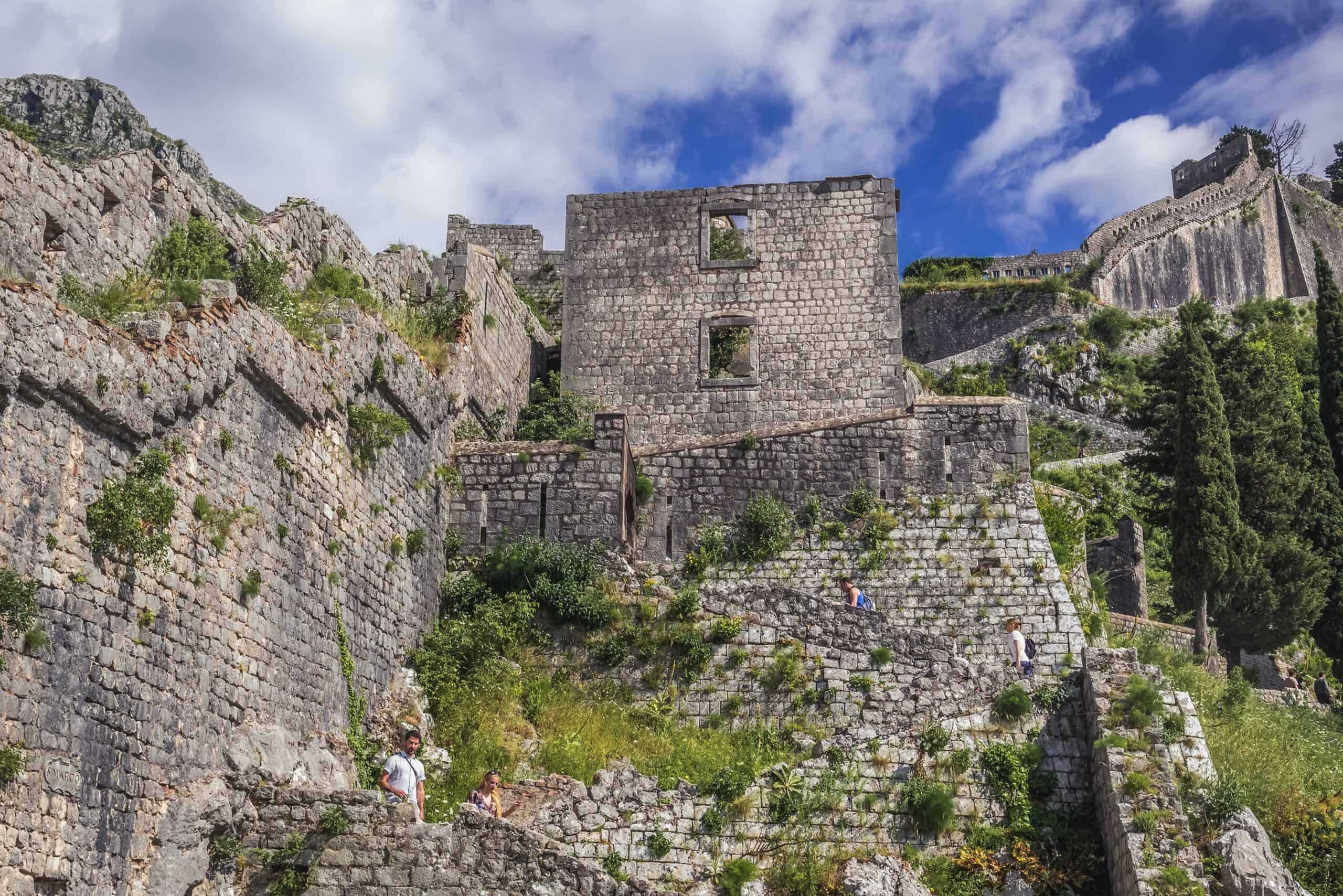
Perched high above the town of Kotor, the Kotor Fortress offers breathtaking views of the bay and mountains. The fortress dates back to medieval times, with constructions continuing through the Venetian era. Visitors can explore the extensive walls and towers that once protected the city from invaders. The steep climb to the top is rewarded with panoramic vistas and a sense of history. Kotor Fortress is an iconic symbol of the town’s resilient past and strategic importance.
Sighisoara, Romania – Clock Tower
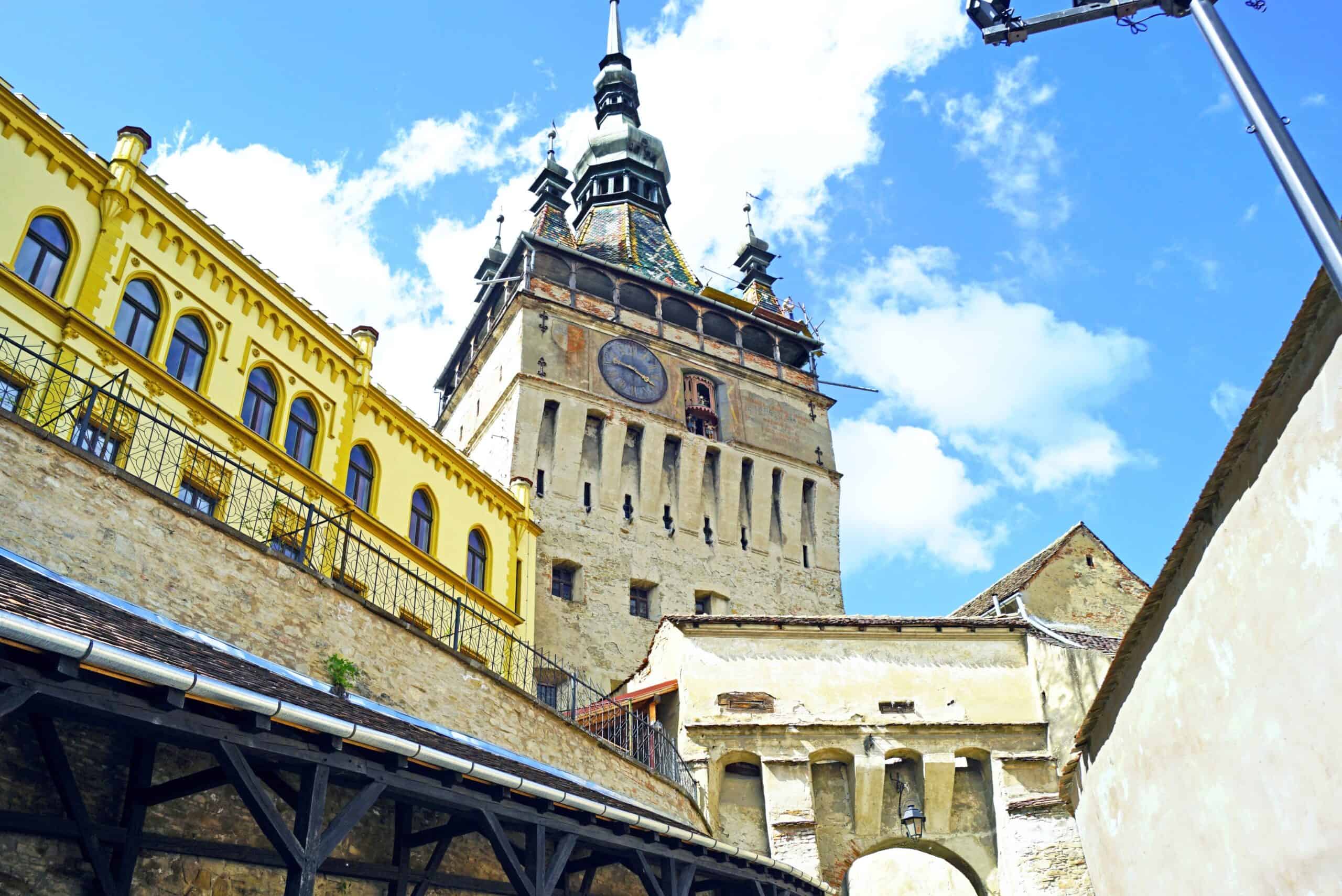
The Clock Tower in Sighisoara is one of the most recognizable landmarks in this medieval town. Built in the 14th century, it once served as the main gate to the citadel. The tower’s clock mechanism, added in the 17th century, still functions today, marking the passage of time with hourly chimes. Inside, a museum showcases Sighisoara’s history and medieval artifacts. From the top, visitors can enjoy sweeping views of the colorful rooftops and surrounding countryside.
Cesky Krumlov, Czech Republic – Egon Schiele Art Centrum
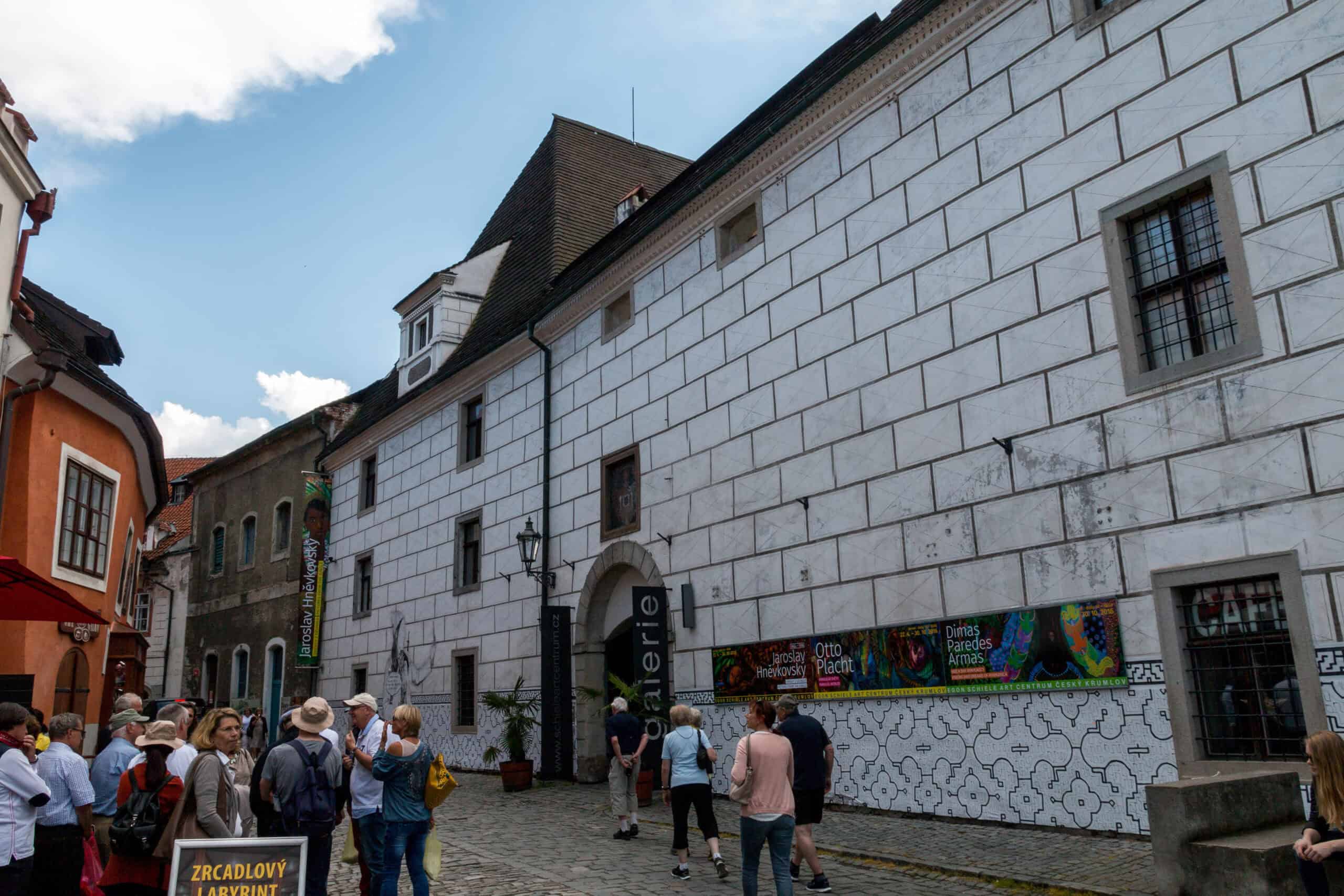
The Egon Schiele Art Centrum in Cesky Krumlov is a tribute to the renowned Austrian painter. Housed in a historic building, the museum features a collection of Schiele’s works and personal artifacts. The center also hosts rotating exhibitions of contemporary art, reflecting Schiele’s influence on modern artists. Visitors can explore the galleries and learn about the artist’s life, including his time spent in Cesky Krumlov. The art center is a cultural gem in this picturesque town.
Sibiu, Romania – Bridge of Lies
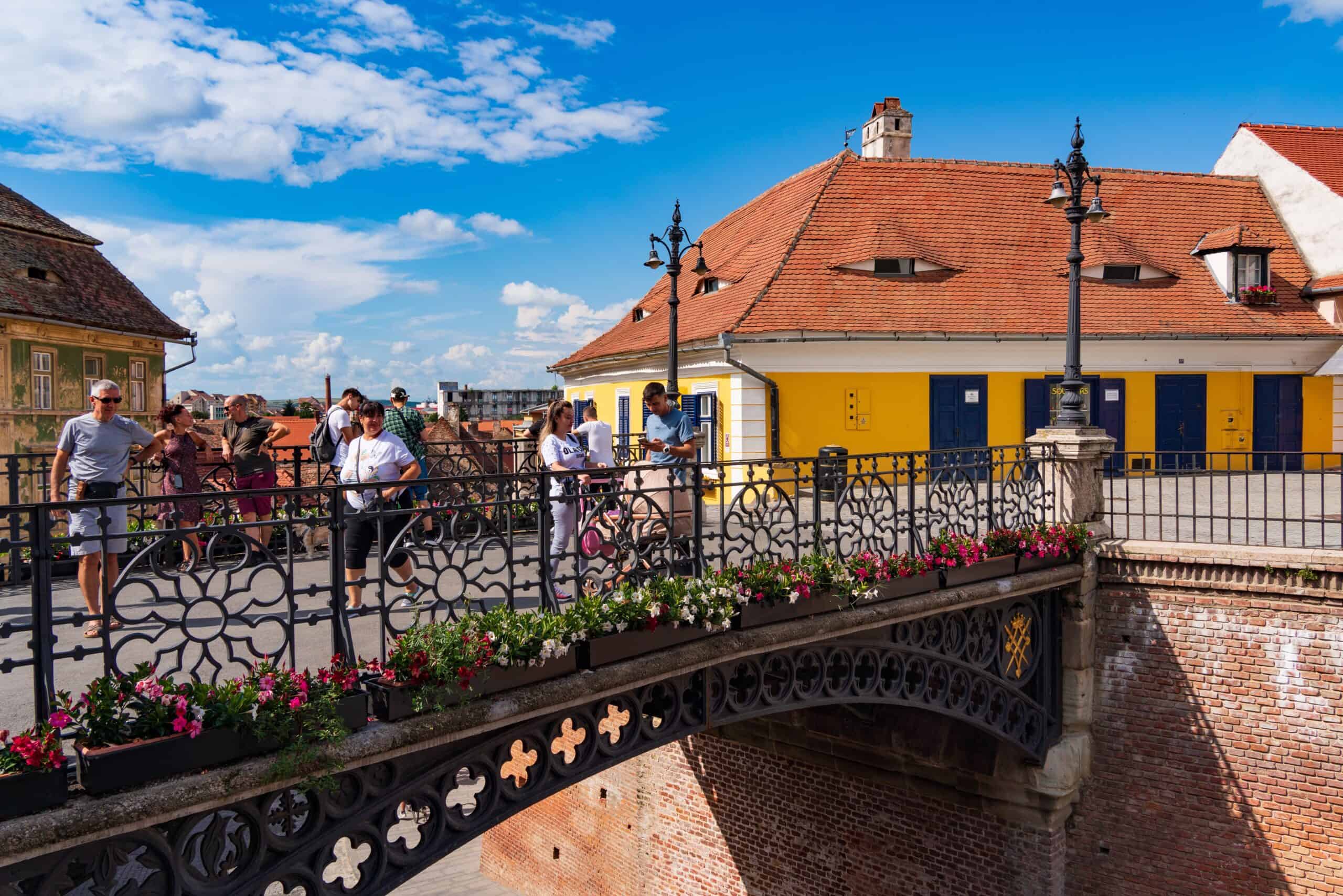
The Bridge of Lies in Sibiu is steeped in local legend and history. This cast-iron bridge, built in 1859, is the oldest of its kind in Romania. It connects the upper and lower parts of the old town, offering picturesque views of the surrounding architecture. The name “Bridge of Lies” comes from various myths, including one that says the bridge would collapse if someone told a lie while standing on it. Today, it is a popular spot for both locals and tourists to visit and enjoy.
Mostar, Bosnia & Herzegovina – Koski Mehmed Pasha Mosque
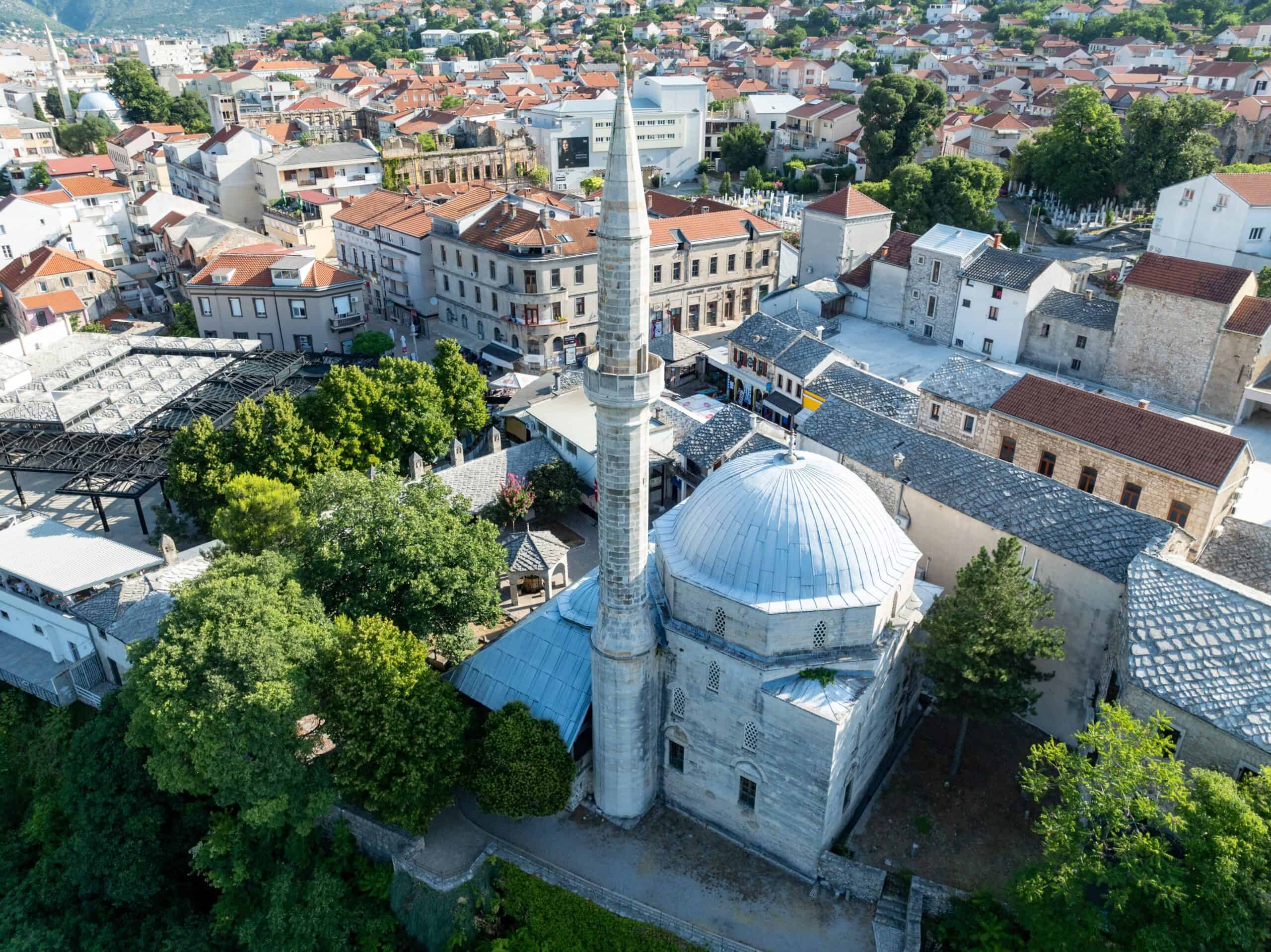
The Koski Mehmed Pasha Mosque in Mostar is a stunning example of Ottoman architecture. Built in 1618, it is situated along the Neretva River, offering breathtaking views of the iconic Stari Most bridge. The mosque’s interior is adorned with intricate Islamic calligraphy and colorful stained glass windows. Visitors can climb the minaret for a panoramic view of Mostar’s old town. The mosque remains a vital religious and cultural site, reflecting the city’s diverse heritage.
Eger, Hungary – Eger Castle
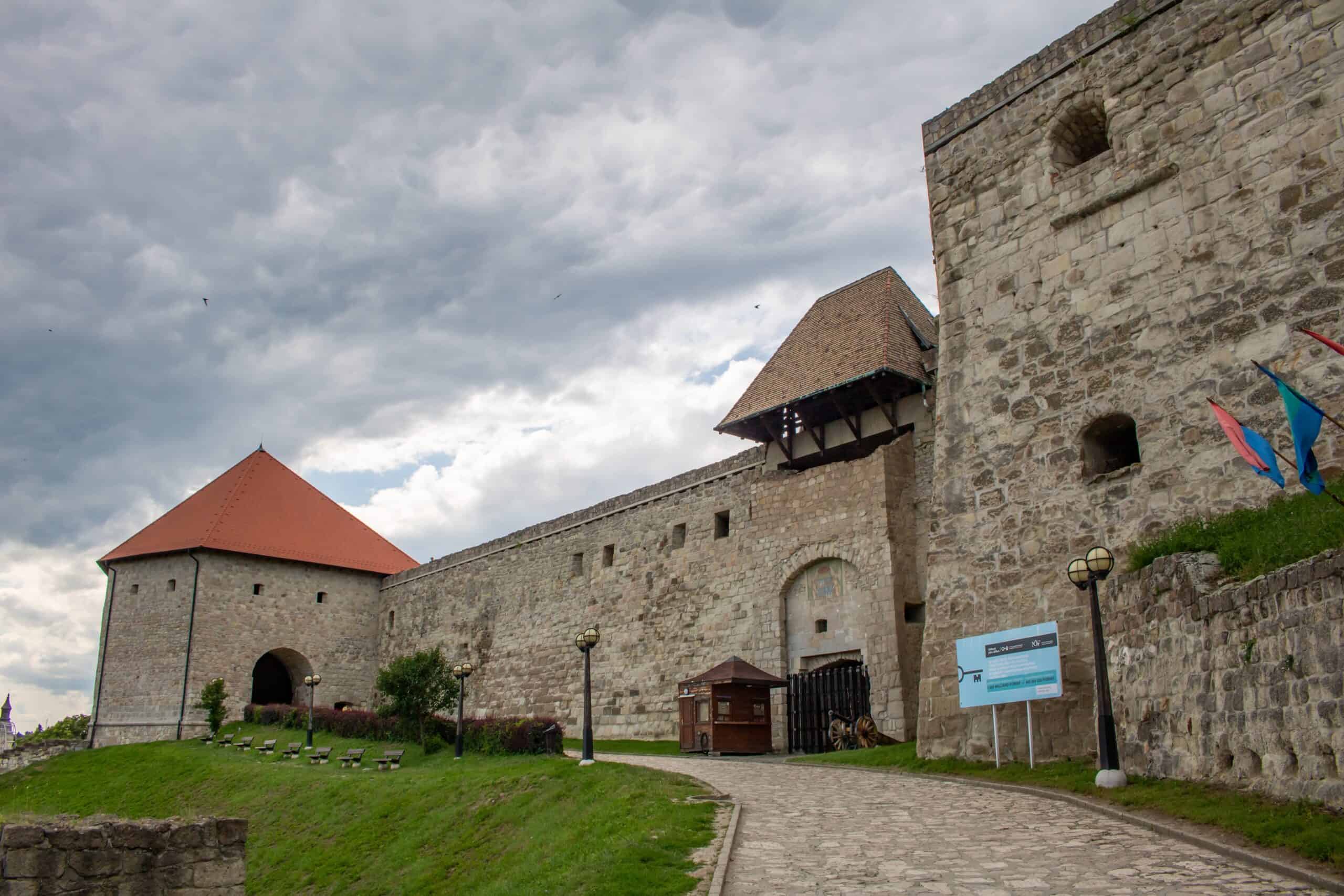
Eger Castle is a historic fortress that played a crucial role in defending Hungary against Ottoman invasions. The castle, originally built in the 13th century, was the site of the famous 1552 siege where a small Hungarian force successfully held off a much larger Ottoman army. Today, the castle complex includes a museum displaying medieval weapons, artifacts, and the history of the siege. The castle’s walls and towers offer scenic views of Eger, making it a popular tourist destination.
Wroclaw, Poland – Centennial Hall
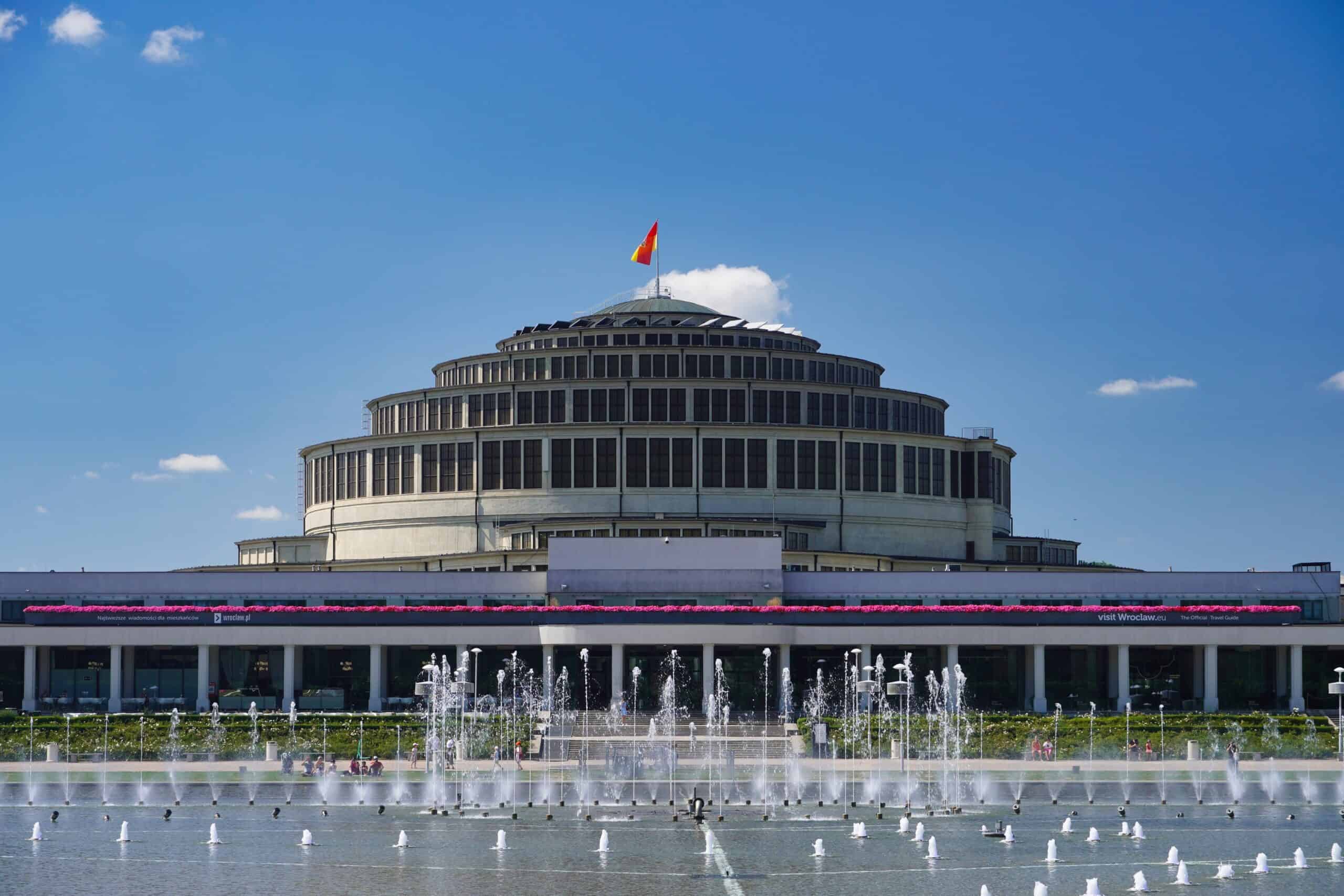
Centennial Hall in Wroclaw is an architectural marvel and a UNESCO World Heritage site. Constructed between 1911 and 1913, it was designed by architect Max Berg as a multipurpose exhibition hall. The building’s vast dome, made of reinforced concrete, was a groundbreaking engineering feat at the time. Inside, the hall can accommodate thousands of spectators and hosts various cultural and sporting events. The surrounding park and Japanese Garden add to the site’s appeal, making it a significant landmark in Wroclaw.
Kutná Hora, Czech Republic – Bone Church (Sedlec Ossuary)
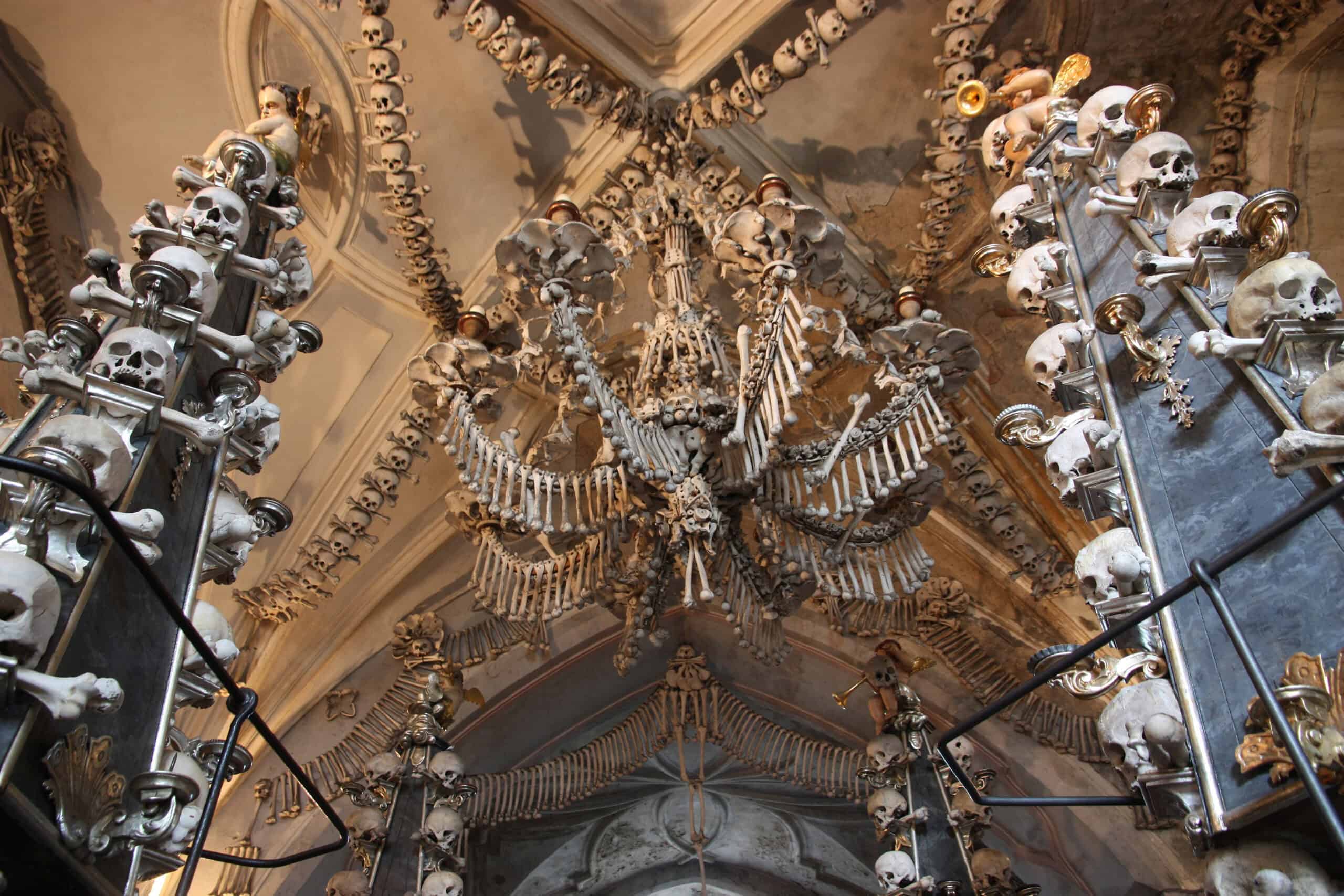
The Bone Church in Kutná Hora is a hauntingly beautiful site. This small chapel is adorned with the bones of over 40,000 people. The remains are artistically arranged to form chandeliers, altars, and other decorations. The ossuary dates back to the 14th century, reflecting the town’s history of plague and war. Visitors are drawn to its eerie atmosphere and the powerful reminder of mortality.
Trogir, Croatia – Kamerlengo Fortress
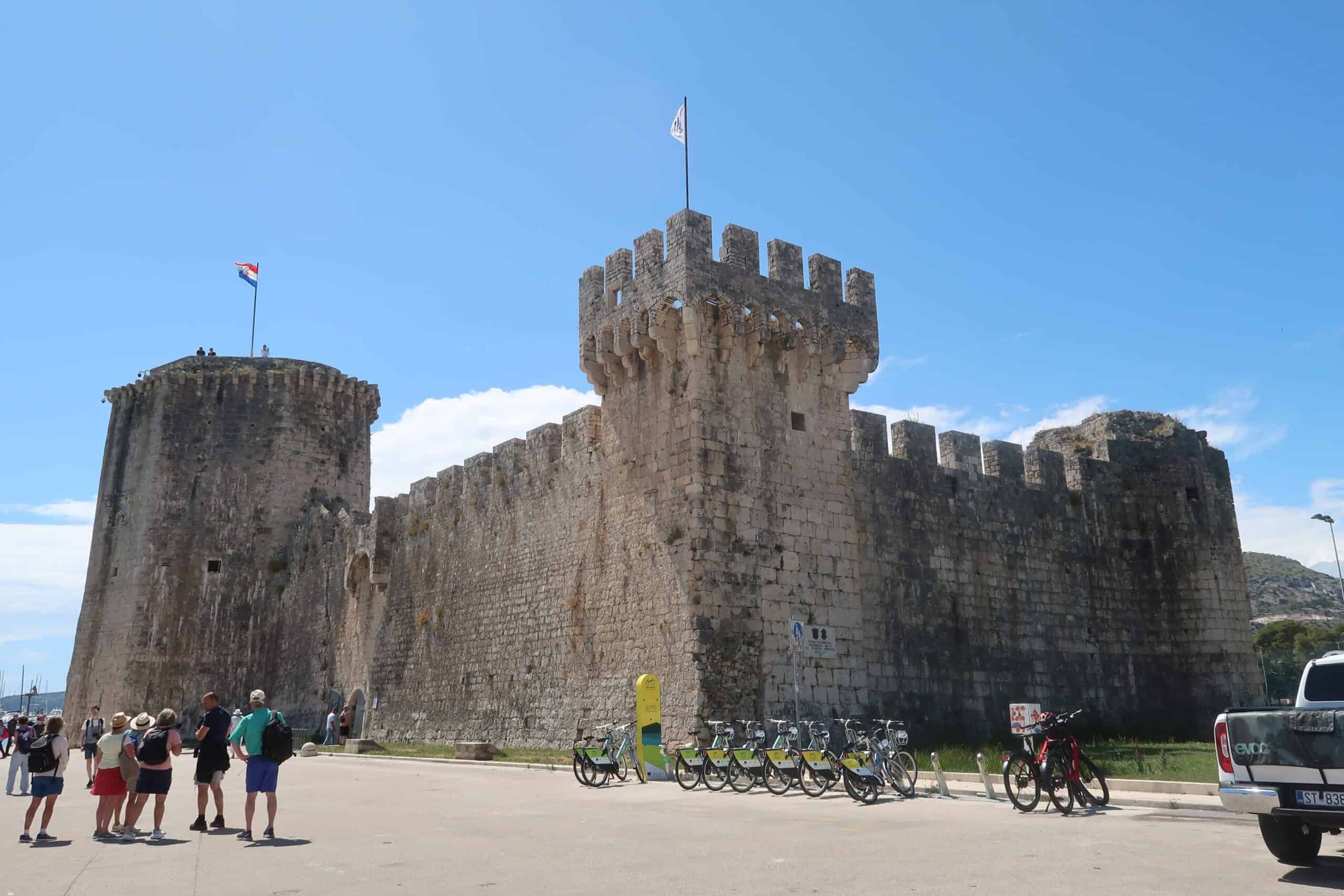
Kamerlengo Fortress in Trogir is a striking example of medieval military architecture. Built in the 15th century by the Venetians, it once guarded the town against sea attacks. The fortress offers panoramic views of the Adriatic Sea and the old town of Trogir. Inside, the open courtyard often hosts cultural events and concerts. The structure’s thick walls and towers remain well-preserved, making it a significant historic site.
Ronda, Spain – Puente Nuevo
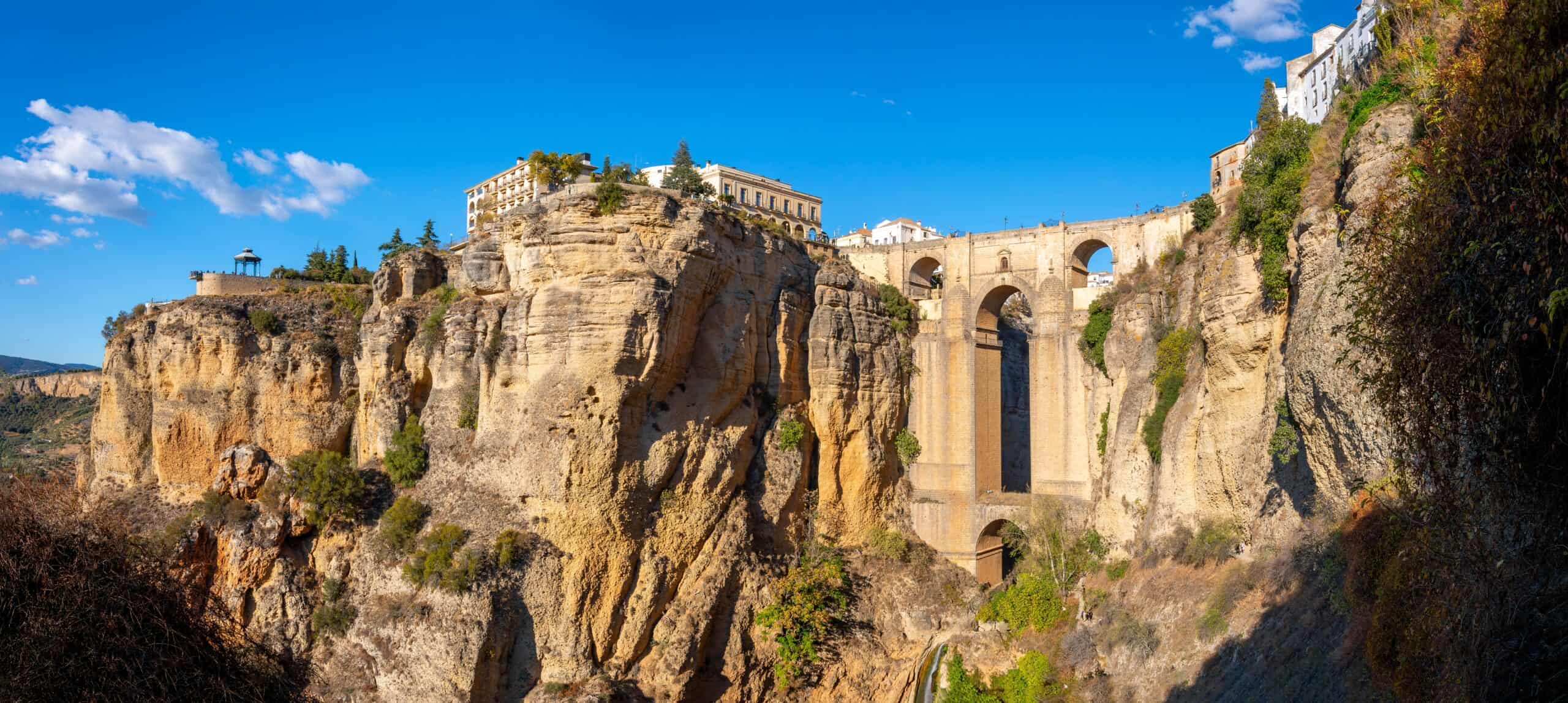
The Puente Nuevo in Ronda is an engineering marvel from the 18th century. Spanning a deep gorge, it connects the old and new parts of the town. The bridge’s construction took over 40 years and is a testament to human ingenuity. Visitors can walk across the bridge and peer down into the Tajo Gorge below. The views from the bridge are spectacular, offering a unique perspective of Ronda’s dramatic landscape.
Ptuj, Slovenia – Ptuj Castle
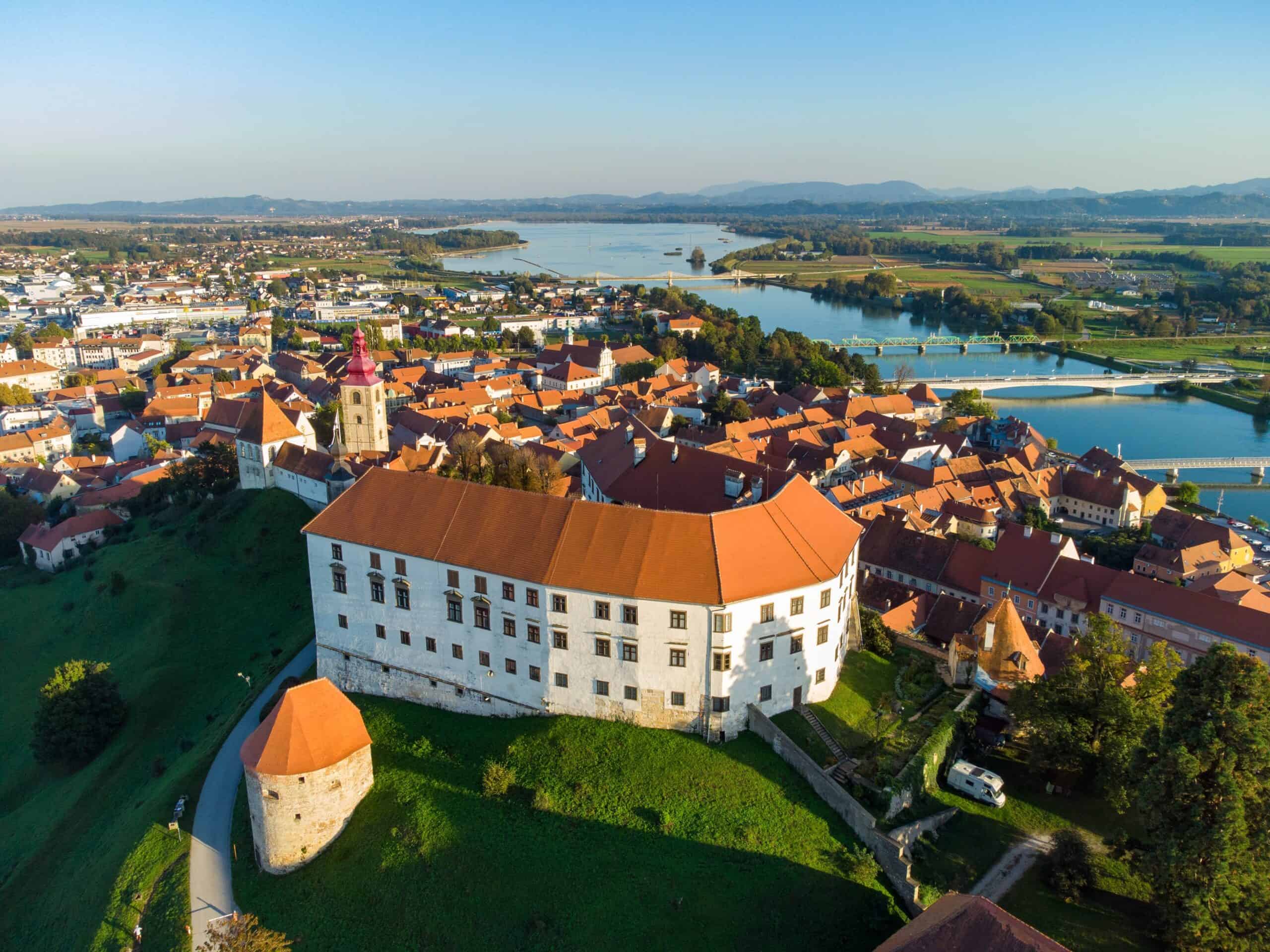
Ptuj Castle is a stunning landmark perched above the town of Ptuj. Dating back to the 12th century, it has witnessed centuries of history. The castle houses a museum showcasing medieval weapons, musical instruments, and furniture. Visitors can explore the grand halls and enjoy panoramic views of the town and surrounding countryside. The castle’s rich history and well-preserved architecture make it a must-see in Slovenia.
Piran, Slovenia – Tartini Square
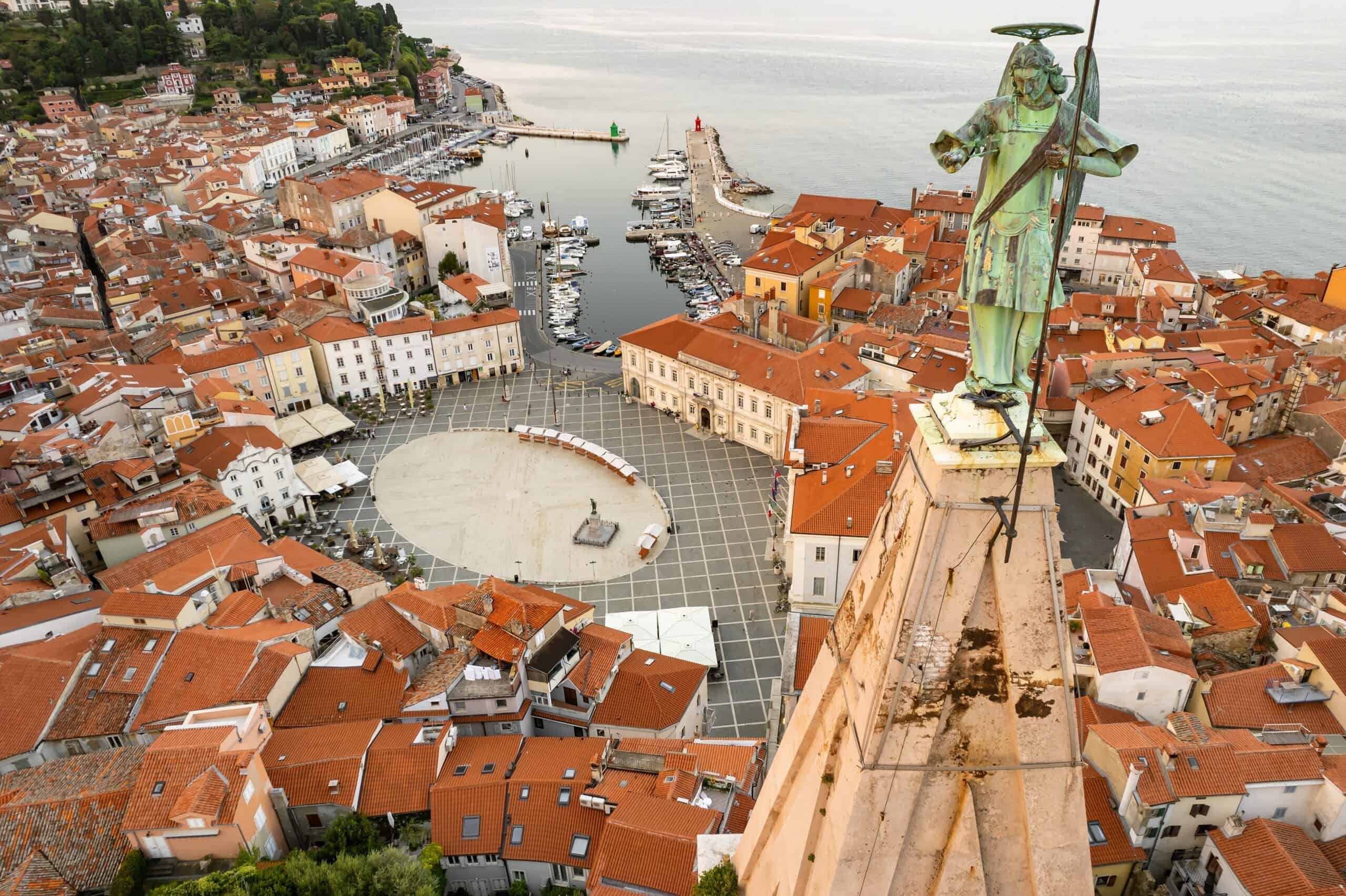
Tartini Square is the heart of the coastal town of Piran. Named after the famous violinist Giuseppe Tartini, it is surrounded by beautiful Venetian-style buildings. The square’s centerpiece is a statue of Tartini, paying homage to his legacy. Visitors can enjoy the lively atmosphere and admire the historic architecture. The square is a perfect spot to soak in the charm of Piran.
This article originally appeared on Rarest.org.
More from Rarest.org
1937 Buffalo Nickel Value Guide

1937 Buffalo nickels are very prevalent and, at most, have a marginally higher value than their face value. Read More.
1937 Liberty Half Dollar Value Guide

Did you know that collectors still gather to this magnificent coin to get their hands on a fantastic piece of US coinage history, even though it is no longer being manufactured? Read More.
1936 Mercury Dime Value Guide
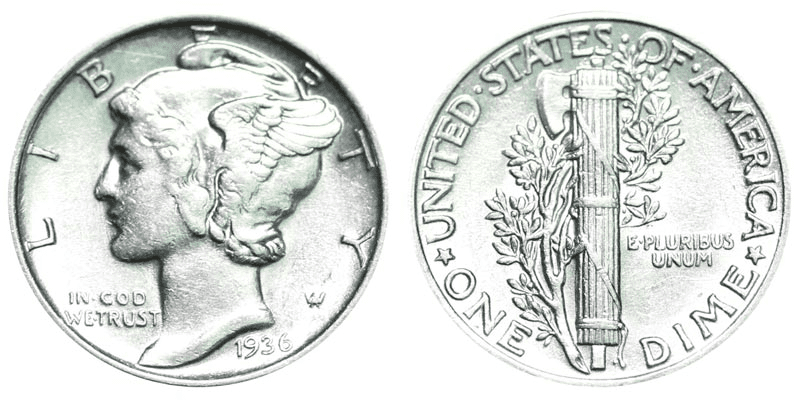
Adolph Alexander Weinman designed the Mercury dime, also called the Winged Liberty Head dime, which replaced the Barber (or Liberty Head) dime created by Charles E. Barber and introduced in 1892. Read More.
